Where I live and hike, each year dozens of people are rescued because they lack the skills, experience, common sense, brains, or equipment to stay safe. And almost every year some die. And each year it gets worse, because people read about places to hike on the Internet or in trail guides and head out without the skills, experience or gear that could keep them alive.
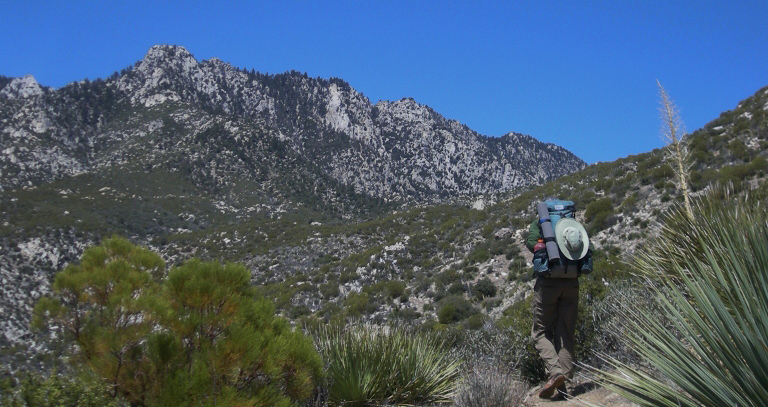
Picture by Craig Wisner.
Gear and equipment is important, if you know why you need it, how to use it, and when certain items are necessary.
If you hike or backpack, then you probably have heard of the 10 Essentials that should be carried on every trip, even day hikes.
And many people think these aren’t enough, chastising hikers and backpackers as irresponsible if they don’t take all kinds of additional safety and communication equipment. Of course in our society, everyone wants to be guaranteed a job, a house, a car, a MP3 player, a cell phone, good health, and health insurance. There is no place for risk, no matter how minute it may be. These folks must sit in their little cubicles at work and spend endless hours worrying about what if, what if, and what if.
I am not advocating you throw all caution to the wind, but hauling around a bunch of “emergency” equipment isn’t necessarily going to keep you safe. Skills are more important than equipment, which includes the knowledge of what gear and essentials are required for each trip based on location, time of year, weather, and other factors. I don’t climb so my remarks are focused on hiking and backpacking.
Back in the 1930’s The Mountaineers, a hiking and climbing organization in Seattle, WA, came up with a list of The Ten Essential item every hiker, backpacker, and climber should carry with them. The Mountaineers have somewhat edited the list over the years, but today’s version is pretty close to the original.
- Navigation (map and compass)
- Sun protection (sunglasses and sunscreen)
- Insulation (extra clothing)
- Illumination (headlamp/flashlight)
- First-aid supplies
- Fire (waterproof matches/lighter/candles)
- Repair kit and tools
- Nutrition (extra food)
- Hydration (extra water)
- Emergency shelter (tarp, bivy bag, space blanket)
Other organizations have created their own similar lists, often to reflect the climate and terrain they are located in. And some groups suggest extended lists such as the 11, 12, 13, and more Essentials.
I had been backpacking for many years before I heard about the 10 Essentials, which REI was using to market their goods – how convenient.
Recently I saw yet another article on the 10 Essentials, and apparently many people won’t even go on a short day hike without them, and a few other essentials thrown in just in case. I probably only take 50% of the 10 Essentials on any given backpacking trip; and often fewer on day hikes. I am not advocating anyone not take the essentials, but perhaps we should be more focused on developing the skills to handle emergencies, rather than a list of stuff. So I thought I would review the list item-by-item with some thoughts on each.
Navigation (map and compass)
In my opinion, GPS units are not substitutes. On day hikes I often bring neither; sometimes just one, and sometimes both. It all depends on where I am going and the weather. Most of the time, if I need a navigational aid, a topographical map is more than adequate. Navigational aids should be used to allow you to know, at all times, where you are and how to get to the next point of your journey. If you need them because you are truly lost, you are doing something wrong.
Next question is, do you truly know how to use your navigational aids? I was trained in the military to be expert with map and compass. Over the years I rarely used my compass, because a topographical map was all I really needed on most trips. On one trip a few years ago in a maze of desert canyons, I realized my compass skills had become rusty and even questionable – atrophy might be a good word. So I practiced and got back up to speed.
A map is almost always an essential.
Sun protection (sunglasses and sunscreen)
Really? Until about 60 years ago most humans did fine without either. I take sunglasses when I expect snow, to protect my eyes from the sun reflecting off the snow. I never use sun screen. I wear a hat in the desert most of the time. Basically I almost always skip this essential. 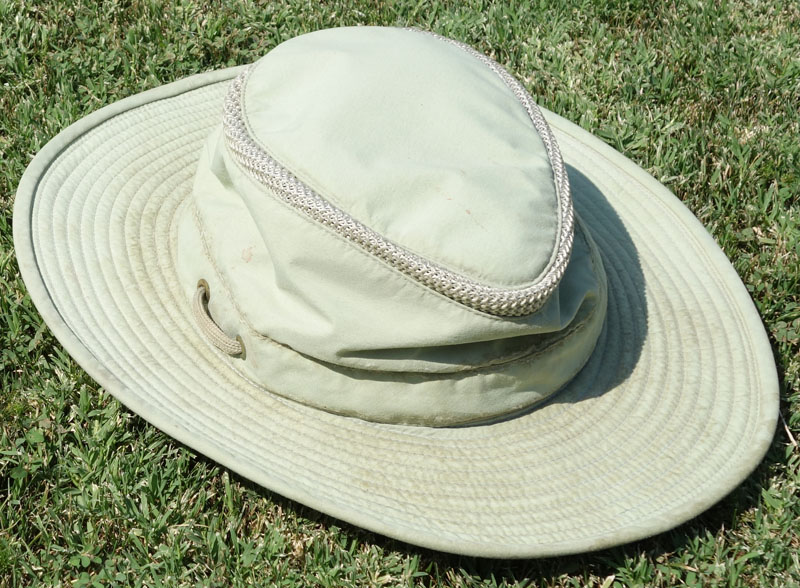
Perhaps we should change it to a hat.
Insulation (extra clothing)
I almost always bring a wind shirt.
 When the weather dictates, I bring an insulated jacket and any other clothes that meet the conditions. I almost always bring a poncho or rain jacket. This is an essential.
When the weather dictates, I bring an insulated jacket and any other clothes that meet the conditions. I almost always bring a poncho or rain jacket. This is an essential.
Illumination (headlamp/flashlight)
This depends on the time of the year and type of trip. Winter, when days are short, I usually bring a compact headlamp just in case I need to continue hiking once the sun sets. Other times just a keychain LED light.
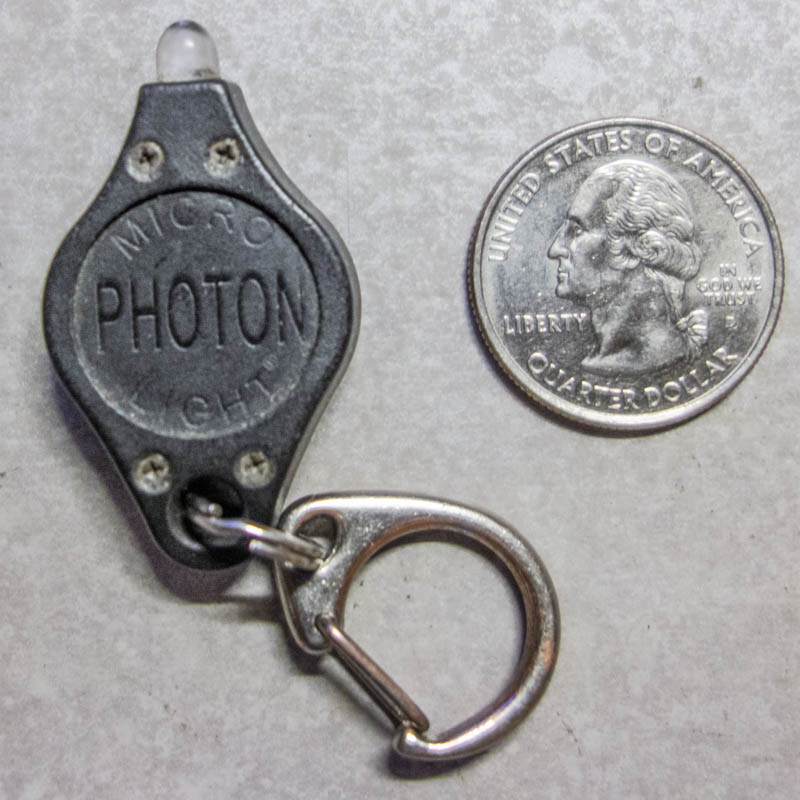
On day hikes, no light is needed unless I know I will be walking until close to sunset. Just like sunglasses and sunscreen, what did humanity do before such items were invented?
First-aid supplies
We need to define this. To me it is a few Band-Aids, a vial of antiseptic, and a couple Advils.
 Even on a multi-day backpacking trip this is about all I take.
Even on a multi-day backpacking trip this is about all I take.
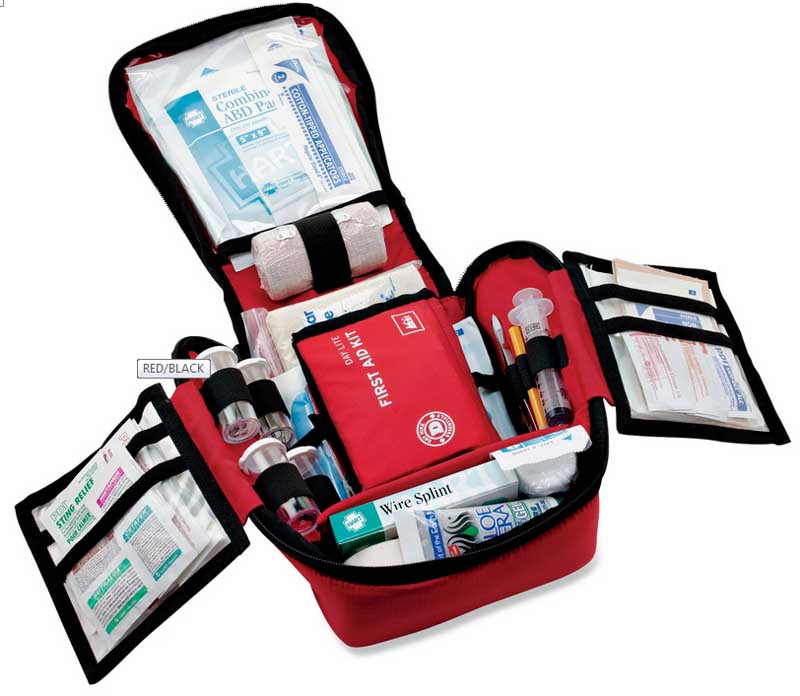
I’m not a doctor, what on earth would I do with one of those big First Aid kits that are sold in sporting goods stores.
Fire (waterproof matches/lighter/candles)
Yes, I know how to build a fire.
Except for camping trips, I haven’t built a fire since 1972.
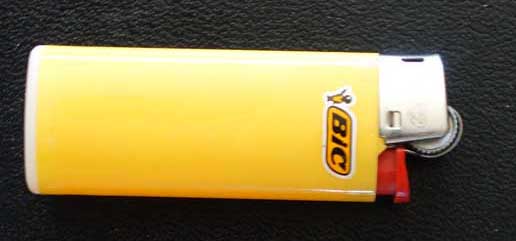 I bring a lighter when I bring my stove, which means I am staying out overnight. It is in my cooking pot.
I bring a lighter when I bring my stove, which means I am staying out overnight. It is in my cooking pot.
Repair kit and tools
What on earth am I going to repair? On backpacking trips a small length of duct tape has sufficed, and is rarely needed. Most lists include a knife. Scissors are more useful.
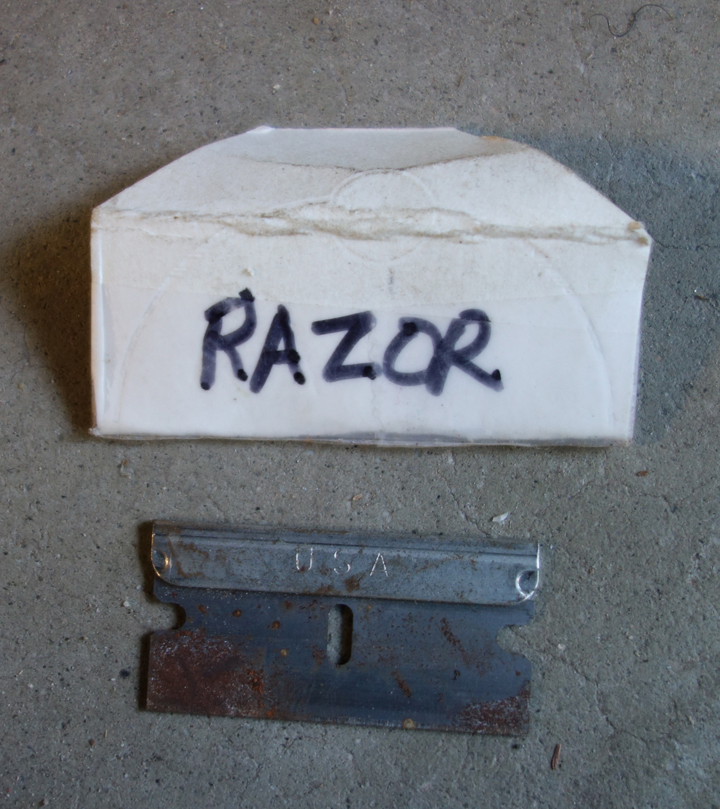
I mostly just bring a razor blade. I am not going to construct a house or skin a large animal.
Nutrition (extra food)
We humans can live surprisingly long without food, as long as we have water.
 My goal is to take only enough food as needed for a given trip, and come home with none. I work very hard not to bring extra food.
My goal is to take only enough food as needed for a given trip, and come home with none. I work very hard not to bring extra food.
Hydration (extra water)
I hike in deserts. Water is critical; it is also heavy. I bring what I need, and a little extra, and know where to find water sources before I leave home. I almost always bring purification tablets.
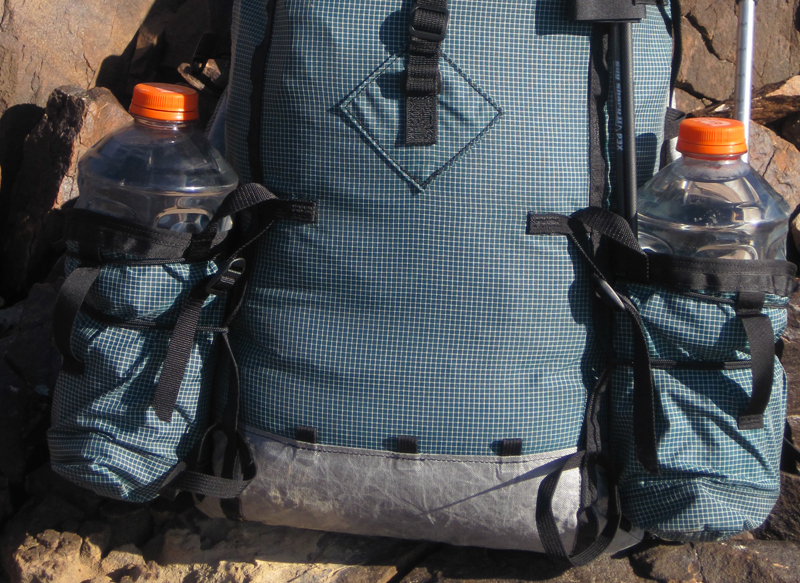 Water is an essential.
Water is an essential.
Emergency shelter (tarp, bivy bag, space blanket)
If I need a shelter, I bring a shelter.
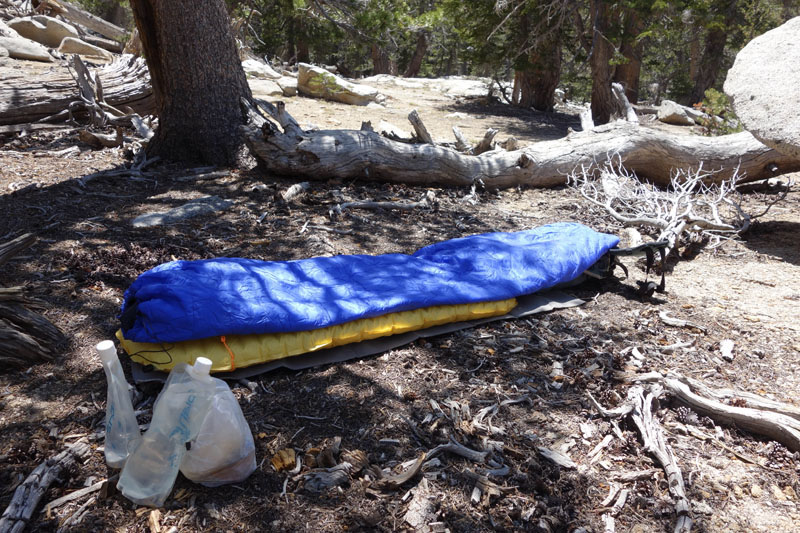 If needed, I can build a makeshift shelter, even without the “Tools” Essential.
If needed, I can build a makeshift shelter, even without the “Tools” Essential.
The 4 Essentials
- Map (most of the time)
- Extra clothing
- Extra water
- Know what the fuck you are doing
